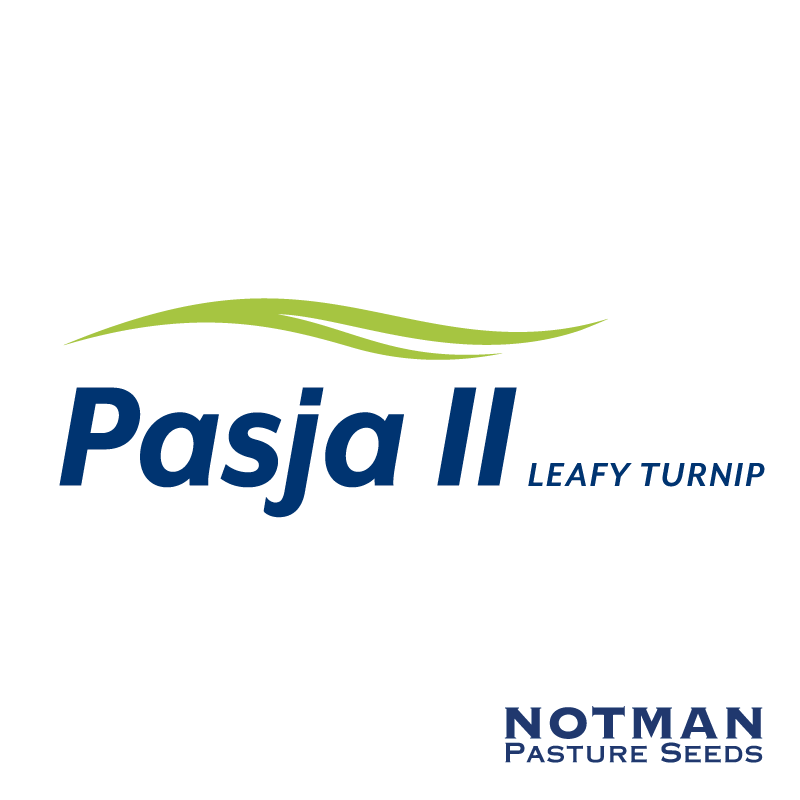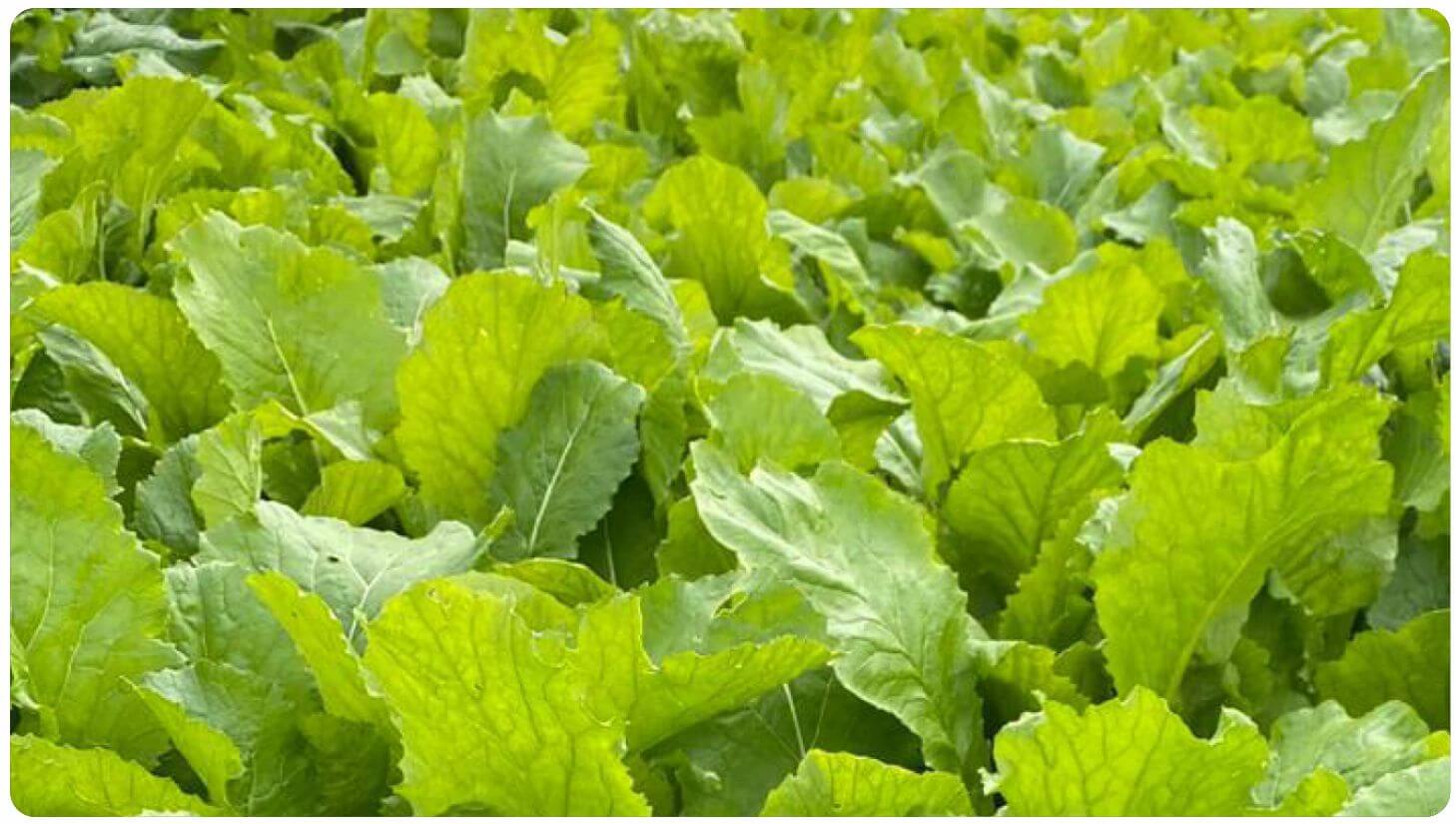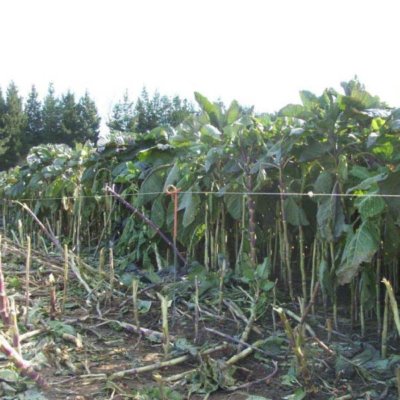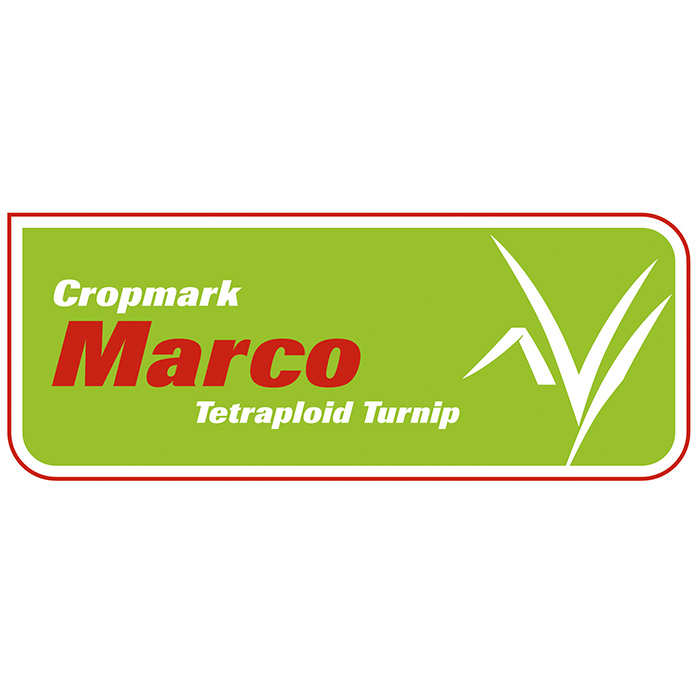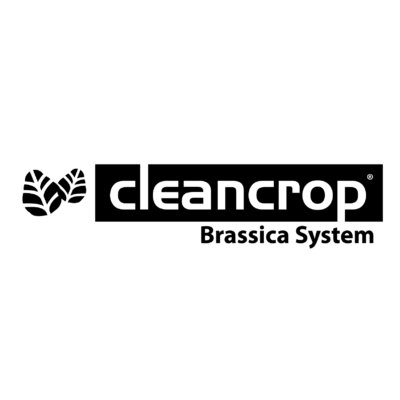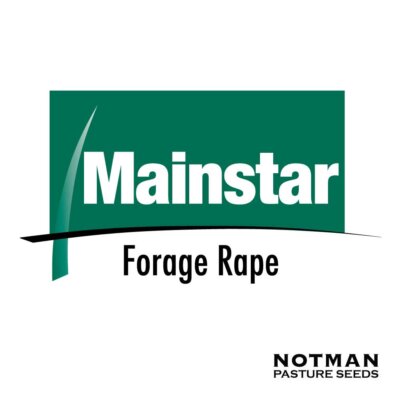Description
Pasja II Leafy Turnip is the brassica to choose when fast (42-70 days), high quality spring/summer/autumn feed is needed for all stock classes. Pasja II combines early maturity with yield and the option for multiple grazings (potential yield of 12,000kg DM/ha over multiple grazings), providing quality fast feed you can rely on. If direct drilling, increase sowing rate by 50%.
- High dry matter yields & reduced bolting
- Multi-graze option with excellent regrowth
- Fast establishing
- Minimal ripening required
Pasja II Leafy Turnip is available in our Top Crop Forage Blends.
| Variety | Pasja II Leafy Turnip |
|---|---|
| Sowing date | Early-Mid Spring |
| Sowing depth | 10mm |
| Sowing rate | 4-6kg/ha (standalone), 0.5kg/ha (in a mix) |
| Ready to graze | 42-70 days |
| Potential grazings | Multiple, up to 3 |
| Soil temperature | 12+ degrees |
Grazing Management of Pasja II
Feeding a good quality fibre source to all ruminants aids digestion when utilising high quality feed such as forage brassicas. The purpose of the fibre is to encourage the animal to chew. The chewing encourages salivation, a rich source of sodium bicarbonate, which acts as a buffer to help balance the acids produced during fermentation in the gut. Fibre also helps with firming up liquid dung that is often seen when animals are grazing high quality feed. All of these factors combined, aids with improving the overall productivity of the grazing animal to get the most out of forage brassicas.
Sowing & Establishment
Ensure that excellent seed to soil contact is established when sowing Pasja II given that it is a small seed like all forage brassica varieties. This can be achieved either through a conventional method of cultivation prior to sowing or through a direct drill approach. With either method, the use of a roller and/or press wheels should create the ideal contact between the seed and the soil. This will ensure that germination is even and consistent as well as available moisture being directed to the area where the seed is located.
Sowing depth is critical and is it important to make sure that the seed is not sown any deeper than 10mm. Any deeper and the seedling will take longer to emerge above the soil surface as well as expend extra energy resources during the germination process.







